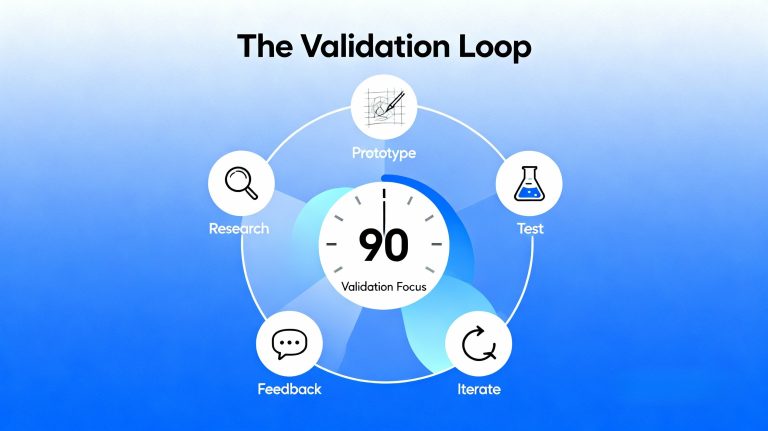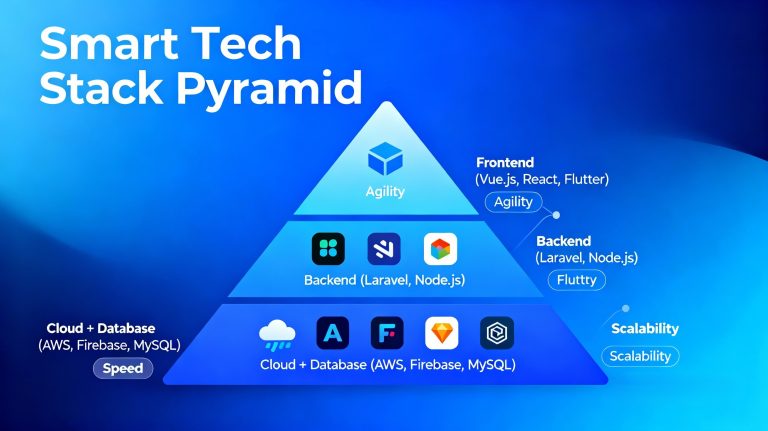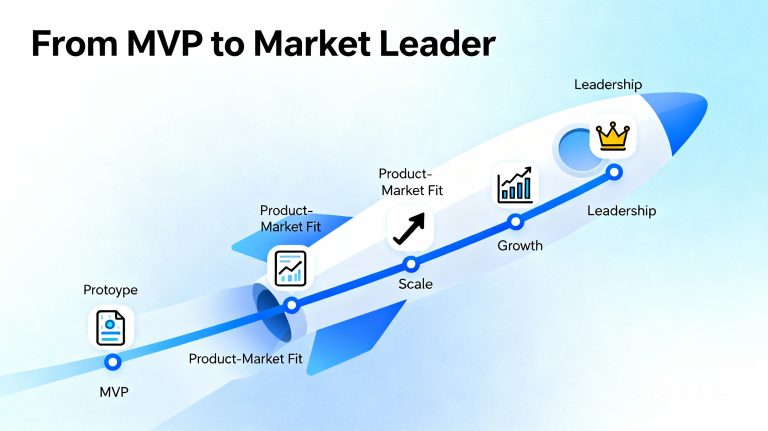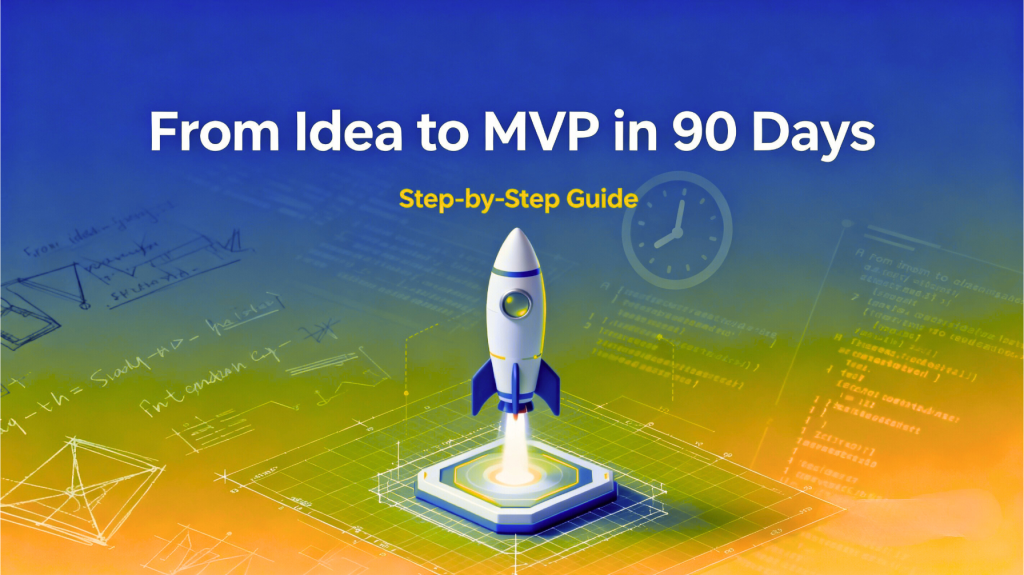💡 Turn your startup idea into a market-ready product — fast, smart, and scalable.
In the fast-moving startup world, speed isn’t just an advantage — it’s survival.
The difference between a concept that grows and one that fizzles often comes down to execution speed and technical clarity.
Yet, many founders waste months — or even years — building products without validation or clear direction.
That’s where a Digital Blueprint comes in — a proven roadmap that helps you transform an idea into a functional Minimum Viable Product (MVP) in as little as 90 days.
Let’s break down how to do it — step by step.
🧩 Step 1: Validate Before You Build
Before you write a single line of code, validate the idea.
The goal is simple: ensure your product solves a real problem worth paying for.
✅ Identify your target users and interview a few potential customers.
✅ Define the core pain point — the one thing your solution must fix.
✅ Validate demand using simple prototypes (Figma, Notion, or landing pages).
“Your first version shouldn’t be perfect — it should be proven.”
Pro Tip: Early validation saves 60–70% of the cost of rework later.

⚙️ Step 2: Choose the Right Tech Stack
Your tech stack determines how far — and how fast — you can scale.
Founders often make the mistake of either overbuilding or picking the wrong tools too early.
When choosing your stack, prioritize:
✅ Speed to Market — Frameworks like Laravel, Node.js, or Flutter.
✅ Scalability — Cloud-based infrastructure (AWS, Firebase, Azure).
✅ Flexibility — Open APIs and modular architecture.
Pro Tip: Go lean — pick tools that grow with you, not ones you’ll have to rebuild later.

🛠️ Step 3: Build Your MVP the Right Way
Your MVP isn’t the final product — it’s your first proof of concept in action.
Focus on the core features that solve your user’s main pain points.
Strip away the nice-to-haves. You can always add them later.
✅ Define clear success metrics — conversions, engagement, or feedback.
✅ Keep design simple and user-focused.
✅ Release early and collect real-world data.
“Launch. Learn. Improve. Repeat.”

📈 Step 4: Test, Measure, and Iterate
Once your MVP is live, real learning begins.
Gather feedback fast — from both analytics and users.
✅ Track user flows, heatmaps, and drop-off points.
✅ Fix bugs and friction points weekly.
✅ Prioritize only the top 3 feedback items per sprint.
Pro Tip: Use tools like Hotjar, Firebase Analytics, and Mixpanel for insight-driven iteration.

🧠 Step 5: Plan for Scale Early
A 90-day MVP should be more than just a demo — it should be the foundation for future growth.
✅ Document everything — architecture, codebase, workflows.
✅ Use cloud-based scalability tools.
✅ Keep your code modular for faster expansion.
✅ Automate deployment, testing, and backups.
“Think like a startup, build like a scale-up.”

💼 How Matply Infotech Helps Startups Scale in 90 Days
At Matply Infotech, we partner with founders to bring their ideas to life — faster and smarter.
Here’s how we help startups succeed:
MVP Strategy & Roadmap: Define goals, features, and milestones.
Full-Cycle Development: From prototype to product launch.
Scalable Tech Architecture: Cloud-based, API-ready systems.
Continuous Support: Iteration, analytics, and post-launch optimization.
We’ve helped dozens of early-stage startups validate ideas, build fast, and go to market in record time — without cutting corners.
💡 Let’s turn your vision into a scalable MVP — ready for market in 90 days.
